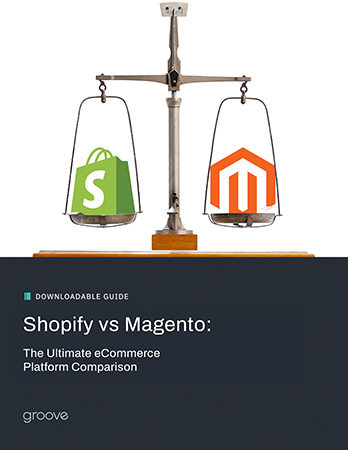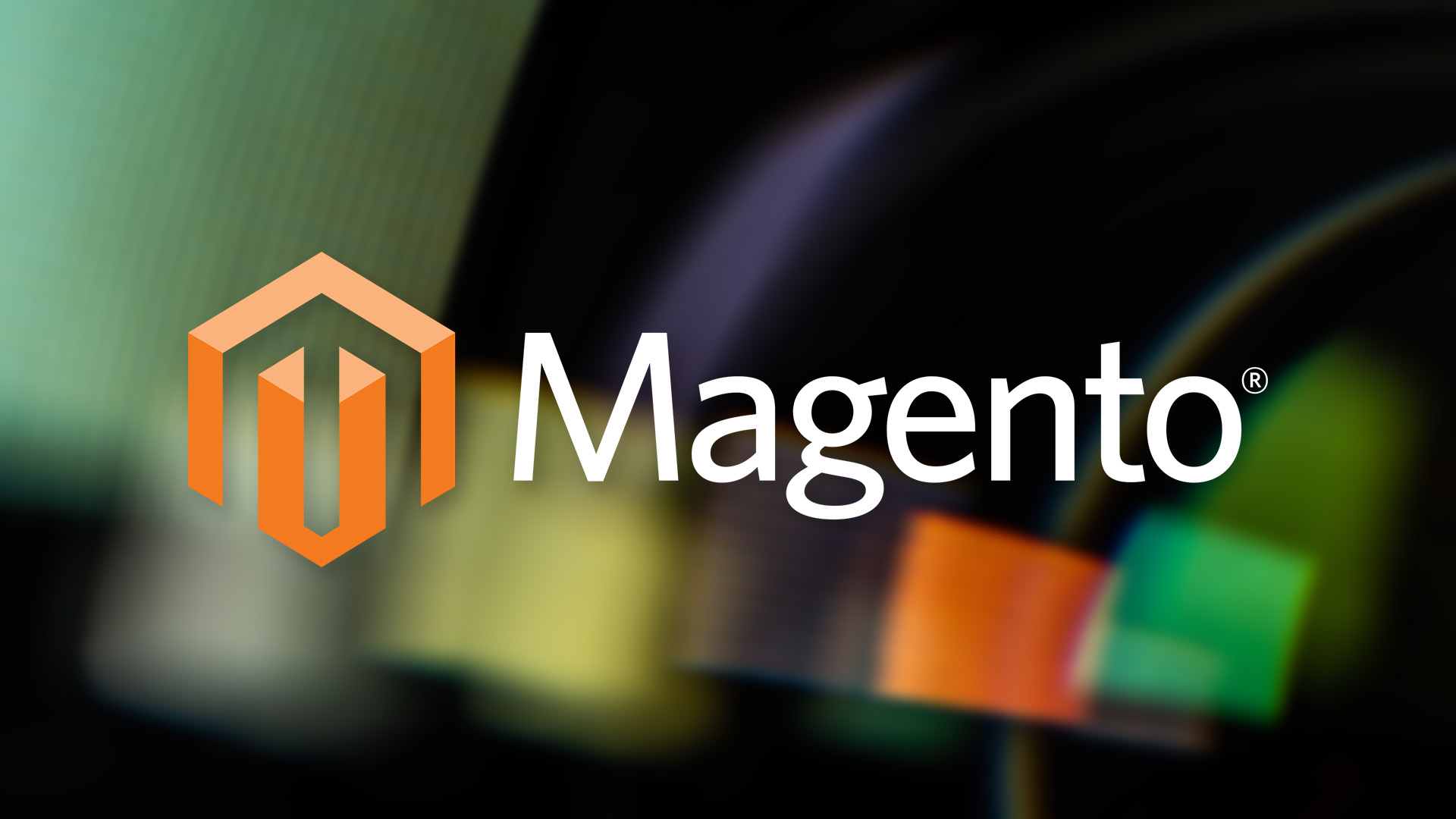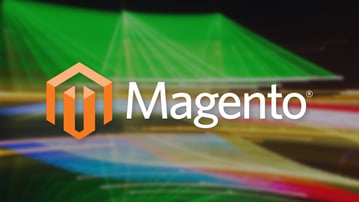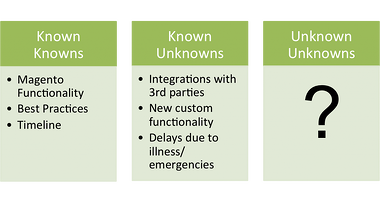Trusted by companies like Ford, Vizio, Landrover, and Nestle Nespresso, Magento is one of the leading enterprise ecommerce platforms (and has been for quite a few years). Today, Magento ecommerce stores offer unmatched flexibility and customization options, making the platform an excellent choice for enterprise organizations wanting to develop advanced, one-of-a-kind online stores.
Like all software that's been around for as long as Magento has, Magento has seen a lot of updates over the years since Magento 1.0 was first released in 2008. To help you get a better understanding of Magento version history and how the platform has evolved over the years, let's take a detailed look at Magento version history and all the updates and advancements that have made the platform what it is today.
Magento Version Timeline
While Magento has seen countless updates and patches since its launch, there have been a total of four major releases. These releases all mark significant advancements of the platform, and understanding what changed between each one is key to understanding Magento version history.
With that in mind, here is a timeline of Magento's major versions from the first release to the Magento latest version:
- Magento 1.0: Released in March 2008, Magento 1.0 introduced a modular architecture. This allowed for easy customization and scalability, and it quickly made Magento a favorite among merchants and developers.
- Magento 1.9: This version, released in May 2014, brought significant performance improvements and enhanced security features. It addressed some of the platform's earlier concerns and made it a much more secure platform for companies storing sensitive data.
- Magento 2.0: Released in November 2015, Magento 2.0 marked an especially major milestone in Magento's evolution. With a revamped architecture, improved performance, and enhanced user experience, Magento 2.0 introduced features like full-page caching and streamlined checkout, catering to the growing demands of online shoppers.
- Magento 2.4: The latest major release, launched in July 2020, focused on enhancing security, performance, and developer experience. It included features like Two-Factor Authentication (2FA), GraphQL support, and improved inventory management capabilities.
Magento Enterprise Edition
Launched a year later in 2009, Magento Enterprise Edition was developed as a solution for larger businesses with more complex needs. The Magento Enterprise version history is one that includes a lot of updates, with these updates mostly focusing on security, performance enhancements, scalability solutions, and advanced analytics. These advancements have helped Magento Enterprise maintain its position as one of the top ecommerce solutions for enterprise businesses.
The Impact of Adobe's Acquisition on Magento Versions
In 2018, Magento was acquired by Adobe—and this acquisition brought some significant changes and enhancements to the platform. For starters, this acquisition led to deep integration between Magento and Adobe's suite of products, including Adobe Experience Cloud. This has allowed merchants to offer customer experiences across multiple channels that are all personalized and seamless. Adobe's immense resources and expertise have also helped accelerate Magento's development, leading to faster innovation and more robust features.
Why Keeping Up With Magento Version History Matters
Updating to the latest version of Magento is vital if businesses want to stay competitive and secure. From patching security vulnerabilities to accessing new features to improving performance for a better user experience, there are a lot of benefits to be gained by keeping up with Magento version history and promptly updating to the Magento latest version.
To ensure a smooth transition and minimal disruptions, businesses should carefully plan for Magento updates. If needed, you can also leverage the expertise of the Magento community and/or work with a Magento developer to help facilitate your updates.
What's Next for Magento?
Looking ahead, you can expect Magento to continue evolving in response to emerging ecommerce trends as well as Adobe's strategic initiatives. Features like AI-driven personalization, augmented reality shopping experiences, and deeper integrations with Adobe's marketing tools are just a few developments that are poised to shape the future of the Magento ecommerce platform.
Along with updating to the newest versions whenever they become available, it's also important for merchants to keep an ear to the ground when it comes to future updates like these that are on the horizon; staying informed about upcoming versions and advancements will help you capitalize on new capabilities and stay ahead of the competition.
Build the Perfect Magento Store With Help From Groove
Keeping your Magento store updated to the latest version is a major key to keeping up with customer expectations and staying on the cutting edge of ecommerce trends. If you would like to revamp your ecommerce store and build a Magento store that is customized, advanced, and up-to-date, Groove can help!
At Groove, our experienced developers are experts at helping businesses of all sizes build Magento stores that are perfectly aligned with their needs. To learn more about our industry-leading ecommerce engineering services, be sure to contact us today!

eBook
Shopify vs Magento: The Ultimate eCommerce Platform Comparison
Explore tags:
About the author
Subscribe to the Groove Newsletter
Get the latest updates and insights straight to your inbox








